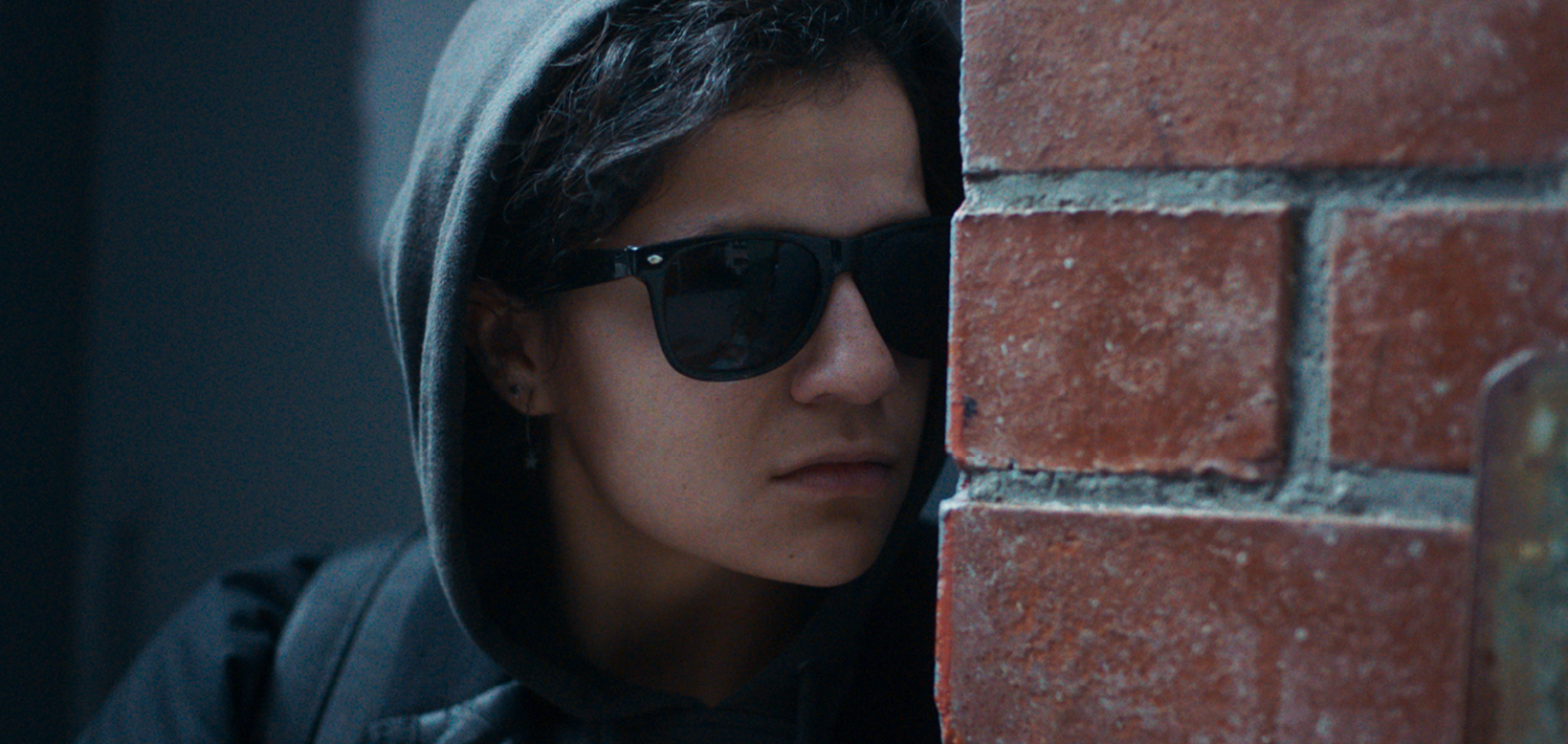She said
3 out 5 stars
What makes a film a film, as opposed to, say, an advert is not just the greater length of the work. It’s more about how emotions are portrayed. An ad aims to sell you information as quickly as possible, which means hitting you with the emotional equivalent of a jackhammer to the stomach. A film doesn’t have to. In fact, it shouldn’t. It has the time and space to develop its general idea, to multiply itself through layers of complexity. This way it can dare to ask harder questions but, most importantly, build up emotional weight with subtlety. If it doesn’t, then it appears to have been made solely to sell you a product.
Unfortunately this came to mind as I watched She Said. It’s an urgently needed film about the investigation that unveiled Harvey Weinstein’s serial abuse, and the women who struggled to come forward and on record with the accusations.
Taking a leaf from the book of Spotlight, which has already followed the blueprint created by All the President’s Men, She Said follows the two New York Times journalists assigned to the case. There’s Jodi Kantor (Zoe Kazan), a promising young journalist with a spirited personality that complements her inexperience. And Megan Twohey (Carey Mulligan), whose report on then-presidential candidate Donald Trump’s sexual scandal failed to stop his election efforts, and now eager to return to work after a turbulent maternity leave.
She Said is at its best when it follows the two journalists’ activities with clinical attention to detail, giving them the time and space to make their deductions and plan their way out of their entanglement. They believe in Weinstein’s guilt from the start – how couldn’t they? It was Hollywood’s worst-kept secret – but without ironclad proof they have no article. Weinstein is such a powerful character. As the film shows, the only way to catch him is to, so to speak, reverse engineer truth.
The big elephant in the room is the fact that Weinstein’s behaviour was allowed and facilitated by many people in the system. Everyone knew about him. They were too scared to talk and jeopardise their reputations and professional careers. Actors and filmmakers have benefitted from Weinstein’s power, and others continued to work with him while aware of the rumours. Famously, an inebriated Courtney Love said on live TV, “if Harvey Weinstein invites you to a party at the Four Seasons, don’t go”, and for that, she lost her agent.
Thankfully, along came filmmaker Maria Schrader. An outsider, from Germany, with a solid career in poignant dramas, including the TV drama Unorthodox. Schrader offers a suitable detachment from the culture while eager to attack those who facilitated the behaviour. The film is a compelling and procedural drama when the filmmaker is not being influenced by the producer’s will. Schrader knows very well how to characterise the two journalists, so that when it looks like they have reached a dead end because another witness refuses to come forward, we feel their pain, their need to scream to a street full of people in the futile hope that someone will do something about it.
Kazan and Mulligan were perfectly cast in their respective roles. Still, the winners are Patricia Clarkson and Andre Braugher as New York Times editors Rebecca Corbett and Dean Baquet precisely because their actions are connected to the film’s best moments.
She Said uses the tactic of suggesting episodes of abuse by ominous shots of empty hotel rooms and corridors. But the problem comes when it combines this with the low-hanging fruit of an emotional knock that it never really earns. The image of a used robe on top of a bed says far more than having a character say she feels she should come forward “as a woman and a Christian”. I doubt the impetus for including this scene came from either Schrader or her writer Rebecca Lenkiewicz, whose filmography includes beautiful pieces like Ida and Disobedience. I doubt her impulses could produce something so trite.
No, the inclusion of this statement is surely a result of interference from the culture itself, and the fear that the film isn’t effective enough at broadcasting its condemnation. Those moments of cliché have the sound of a speech in a political rally, the gravity of an editorialised Wikipedia page, and the effect of self-parody.
Schrader does deliver the goods, though. And every actor is at their best, particularly Samantha Morton, who has a show-stealing scene. But let me finish with two details in the film that appear to explain some of its true intentions, and render the treatment of emotion more like that for an advert, with its hard punch for instantaneous effect, than for a film. First, there is a passing comment by the journalists about how Lena Dunham and Jenni Konner wanted to help the cause and had names to add to the litany of accusers; yet there is no further reference to these two women in the film. The reference reads like a throwaway line that whitewashes two people who knew about the abuse situation, yet did little. Second, Brad Pitt is the producer. The actor was accused this year of domestic violence by his ex-wife, and famously knew about Weinstein’s sexual abuse practices when his then-girlfriend Gwyneth Paltrow reported this. Yet Pitt subsequently pursued Weinstein, keen to produce not one but two of his films.
And that’s my cynical take on She Said. It only feels genuine in the moments when it is influenced solely by the point of view of outsiders – Schrader and Lenkiewcz – and would probably have gained an extra star if theirs had been the only voice.

Millie lies low
4 out 5 stars
There’s more cinematic flair in this little Kiwi drama than in a multi-million-dollar American production. Millie Lies Low is a film easy to like. It starts with a simple premise, which is explored with candour and humour. The plot is lean, the structure solid, and almost every performance hits the right notes. In her first feature, Michelle Savill becomes a name to watch.
Millie Lies Low starts with the Millie of the title (Ana Scotney) having a panic attack on a plane as it departs from Wellington, New Zealand, for New York. Afterwards, alone in the airport, Millie discovers that panic attacks aren’t a medical emergency and she isn’t entitled to a new ticket. Now she has to find enough money for a new flight without telling any of her friends and family that she missed her scheduled flight. This means pretending on social media that she made it to America, sneaking into her old apartment to get car keys and supplies, and living in a tent in the forest.
Millie is a compelling character, but mainly because Scotney embodies her with such fervour. So sympathetic is her treatment that the audience will believe everyone else is the problem. Still, scene by scene, Savill and her co-writer Eli Kent reveal all the details to fill in the gaps in this mystery. Why did she have a panic attack? Why doesn’t she tell her friends she missed her flight? Why is Millie constantly hiding from everyone?
The plot, economically structured, reminds me of the work of Jeremy Saulnier. Still, instead of offering the thrill of violence, Millie Lies Low is a funny drama that is more earnest about the validity of being a “mess of a person” than most films preceding it.
Shooting the film like a serious drama is an interesting stylistic choice. It helps to catch the audience off guard, leading them to think they are about to see a sombre drama about a young woman lost in Wellington. This treatment adds depth to the visual narrative of the film. For example, at the start, Millie bumps into a university teacher about to go to one of his students’ parties. A few red flags there, exacerbated by his invite for Millie to spend the night on his couch instead of the car. The rest of the sequence proceeds rather differently than expected. Still, it indicates Savill’s talent as both a writer and a new filmmaker with something unique to say.
The trick here is, again, good management of subtlety. Savill doesn’t reveal everything about Millie’s intentions, and plays with our expectations of her as a protagonist. It’s a sign of a well-rounded character that every new detail given to us, the audience, makes us see her differently.
I would gladly return to Millie’s world, just as Truffaut occasionally checked in on his Antoine Doinel. I wonder what Millie is doing after the events that took place in this film. She doesn’t seem like the kind of person to learn any lessons from the problems she has had to deal with. And there’s nothing more cinematic than that – making mistakes that sounded like a good idea at the time. Perfection is just for adverts, after all.




